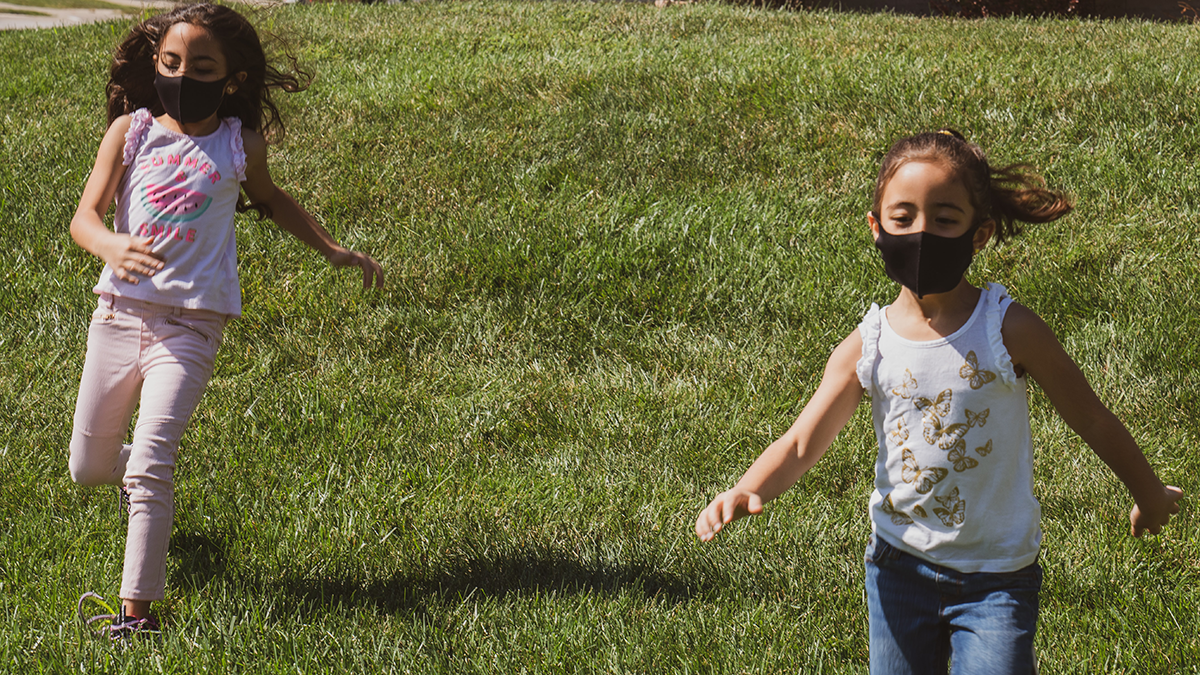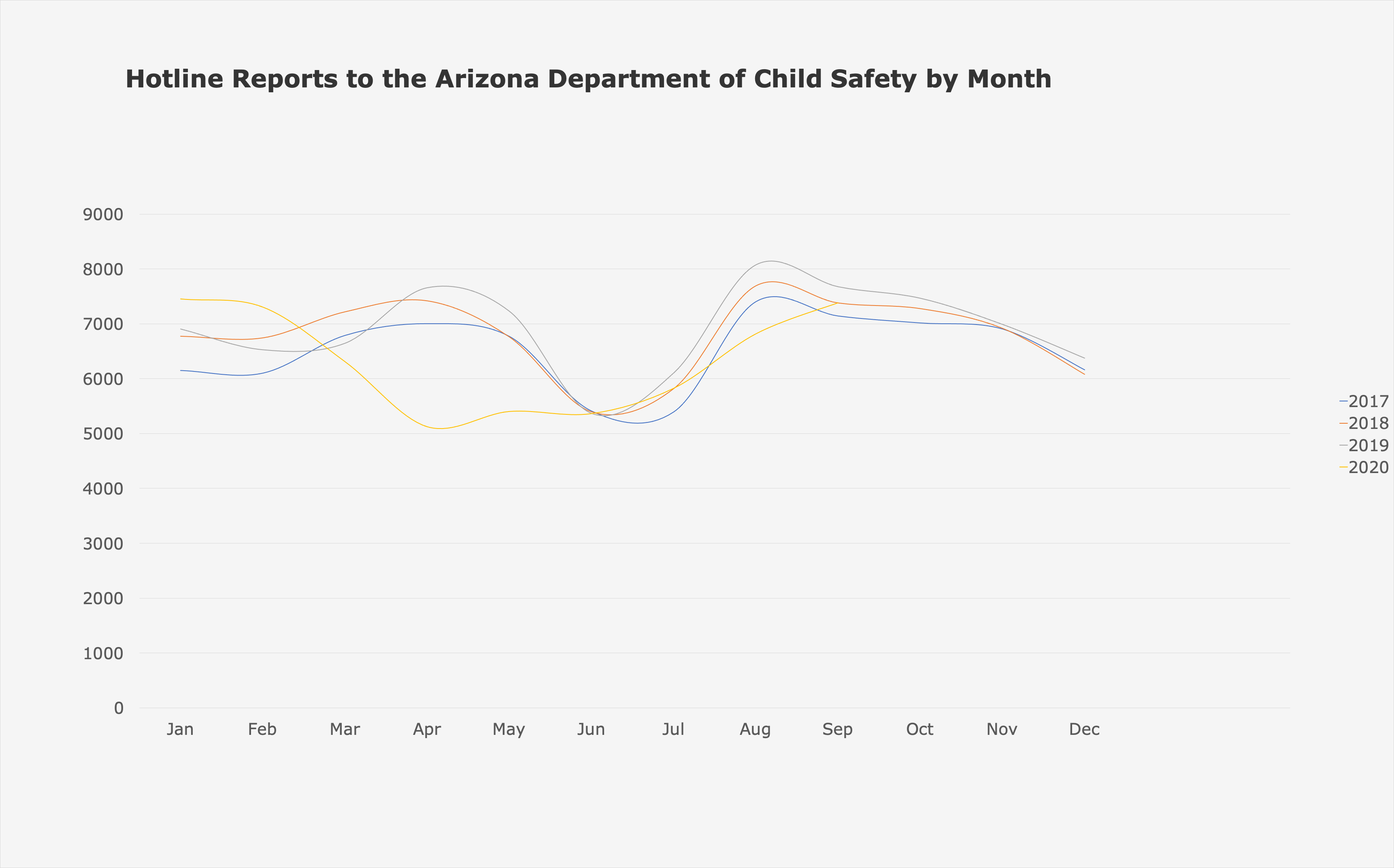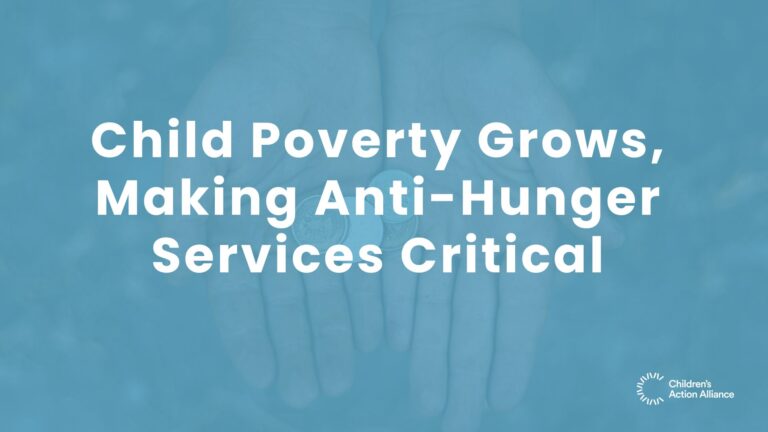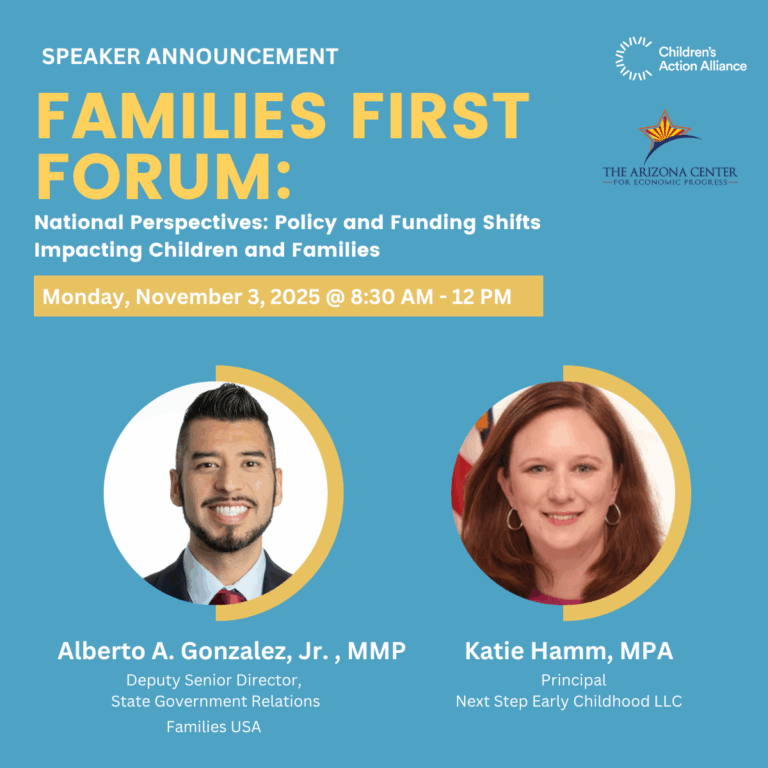
Economic Stress: COVID-19’s real threat to child safety and well-being
With stay-at-home orders in place and schools largely shuttered since March due to the COVID-19 pandemic, many in the child welfare community are concerned about undetected child maltreatment due to a lack of mandated reporter eyes on children. Many are also bracing for a surge in reports to the DCS hotline once schools fully re-open that could overwhelm Arizona’s child welfare system. However, recent research from Chapin Hall finds that a surge in child maltreatment reports is unlikely and concludes that the real threat to child safety from COVID-19 is not the decrease in mandated reporting but the increase in economic stressors.
Analyzing national reporting data, researchers found that while educational personnel report the most cases of child maltreatment, they detect the smallest number of child maltreatment victims. In 2018, education personnel were responsible for 20% of “screened in” reports (hotline calls that are assigned for follow-up), but only 11% of these calls were substantiated for child maltreatment. Not surprisingly, reporting by educational personnel were found to be the most likely to show seasonal variation associated with school openings and closings. This is a pattern seen throughout the country and here in Arizona.

But what may be surprising is that these seasonal fluctuations in reporting do not impact the rate of substantiation. While the number of reports from teachers drop during the summer months, the rate of substantiation remains steady. Moreover, when children return to school each fall, hotline reports from school personnel typically return to baseline rates rather than over-correcting with a seasonal surge. “Thus, it is unlikely that the dramatic reduction in hotline reports due to school closures will produce a rebound of substantiated maltreatment,” the authors conclude.
However, this conclusion doesn’t mean that COVID-19 is not a real threat to child safety and well-being. The researchers also analyzed data to understand the relationship between external stressors related to COVID-19, such as the rise in unemployment and child maltreatment. They found that these stressors elevate the risk of child maltreatment, corroborating prior research showing that large-scale economic crises lead to financial loss, stress, and general hardship which are risk factors for child maltreatment.
Arizona should heed this research and redirect our focus from increasing mandated reporting to preventing child maltreatment by supporting and stabilizing families during and after the pandemic. As we move into the next state legislative session, if we want to prevent an increase in child maltreatment and a spike in our foster care population due to the COVID-19 pandemic, it is essential that policymakers prioritize meeting the basic needs of children and families.



